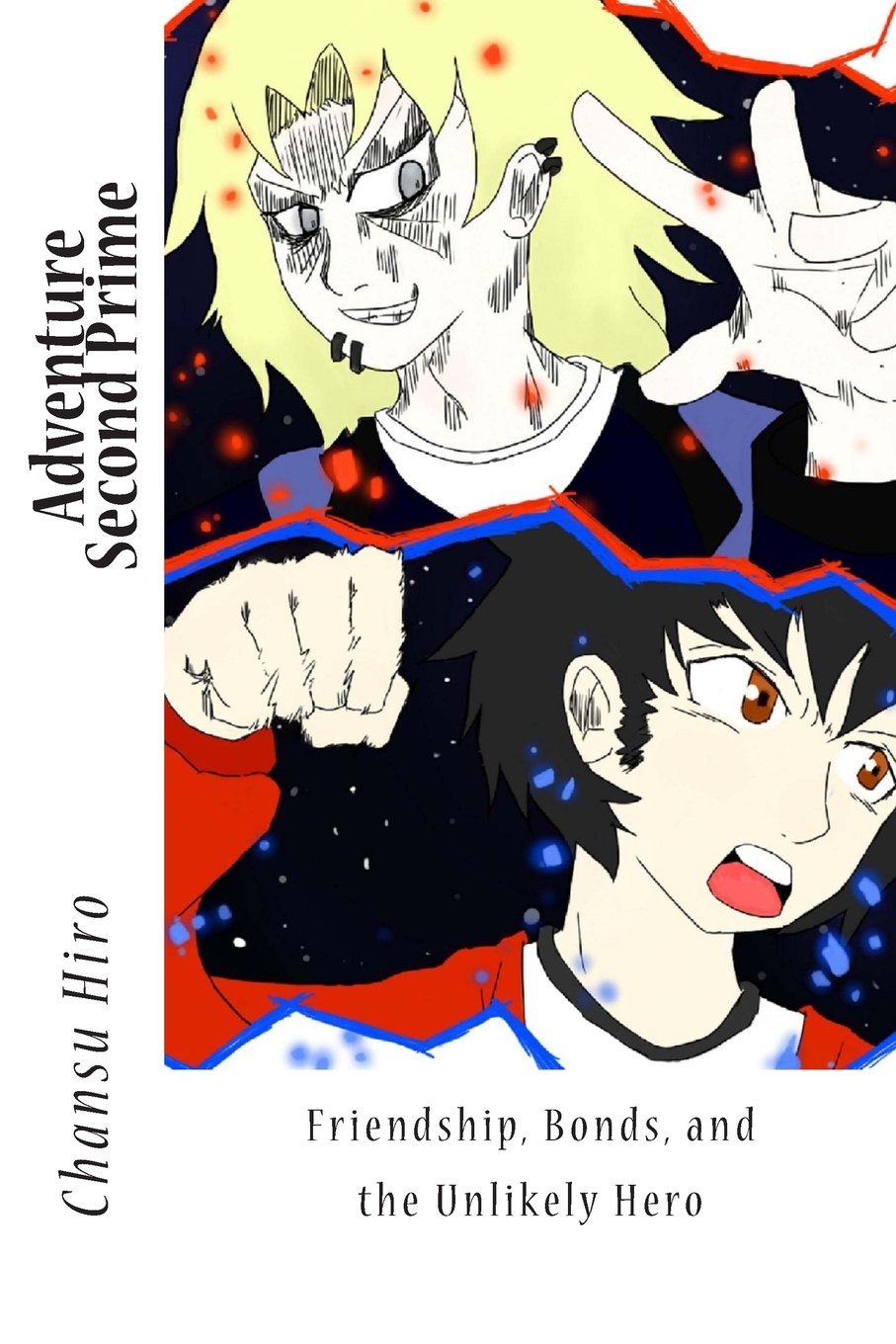American Cartoons and Japanese Anime
1. Invincible superheroes vs. Training day in and day out heroes
In American cartoons: Superheroes are practically invincible. Their powers are limitless or at least they cannot be exhausted. To be defeated, a superhero has to be caught, trapped, or totally annihilated in one shot or something.In Japanese cartoons: Heroes have to train hard day in and day out to get strong but once they do, they are clearly portrayed as having more strength than an average human, even with the constant reminders of the such. They can be defeated, but most likely by either a baddie who's trained just as much or is practically invincible, like the kind of hero mentioned above ^
2. Senseless violence vs. Senseless flashing
In American cartoons: Looney toons, the first contemporary cartoons had more violence than ever and the characters recovered easily. The trend, became less extreme as people realized that they could actually be hurt by the same things but there is still the sense in comedy toons that the character can recover from any weird injury.In Japanese anime: Japanese anime contains a lot of flashing, a trend that started in old anime but is starting to be only reserved for ecchi and hentai. But in the late 90's, early 2000's most anime had at least some scenes where a character (usually a female) might be a bit more naked than expected for a cartoon...hehe.
3. Seeing yourself in a good light vs. Showing all of your flaws!
In American cartoons: The main character is always the best, no questions asked (usually). Usually when watching an American toon, you know that you should like the main character because they're always seen in a good light.In Japanese cartoons: Flaws are advertised to humanize the character and gain popularity with the fans. Most Japanese anime run polls for the fans to rank their favorite characters and the more human and relatable a character, the higher they are ranked. Often the less excellent the character, the higher they rank.
4. One sided baddies vs. Multi-dimensional multi-tasking enemies
In American cartoons: The main bad guy is always 100 percent bad or evil. They devote most of their evil plan to getting the good guys for good (i.e. forever), and often fail because they're too perfectionistic. But they are quite persistent for being all bad, right?In Japanese cartoons: The main bad guy has lots of stuff going on, including an agenda that includes the demise of the main character, along with some other scheme for money or power. Often, the demise of the main character is a side project which is often a tragic flaw of a lot of Japanese bad guys. Side projects must be some kind of big thing in Japan...
5. Being the best vs. Doing the best things
In American cartoons: The most liked character is also the best character. If a viewer would be asked, who is their favorite character they most always say the main character. If there is a trio, it's always the main character of the trio. Unless the show is watched by more than one person, then one person might choose another character and try to justify why they are the best even if they are just a foil (or reflective of the greatness of the main character), often to their frustration with the creators.In Japanese cartoons: The most liked character might not be the main character. If there is a special moment in the story where a side character does something amazing that evoked emotions, then that character might be more well-liked and considered the best by the majority of anime fans. Possibly Alphonse Elric (FMA brotherhood), Gohan (DBZ), Kagome (Inuyasha) are some examples.
6. Telling jokes vs. Being the jokes (the Old Deal you struggle with...)
The Western Toon: Characters have a repitoire of great jokes, and often a recurring joke that makes the viewer like the cartoon and the character. The characters have something great to say all the time and make the viewer feel like they have a lot to live for, at least in a group when someone is always stealing the attention. A punchline is key and usually punchlines that can be quoted during everyday life are numerous. This makes American cartoons surprisingly relatable, their quotability.
The Eastern Series: Characters do things in anime that are funny, but only in relation to the other characters. It's hard to laugh AT a character in an anime, without actually laughing about something that might have actually happened in your life. Anime makes normal life events that have already happened, seem more funny when the characters do them. It must be the mystique of anime, that romanticizes everyday life.
...Tell Your Jokes!















No comments:
Post a Comment